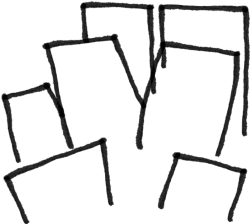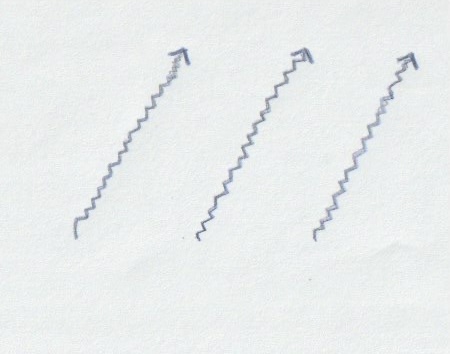

How might sound and music help to explore imagined worlds where we live together, knowing that we disagree in relation to gender, sexuality and abortion?


How might sound and music help to explore imagined worlds where we live together, knowing that we disagree in relation to gender, sexuality and abortion?
A protest?
Click Image Above to Listen
Silence at the dinner table?
Click Image Above to Listen
Small talk at work?
Click Image Above to Listen
Sounds are a part of encountering difference around gender, sexuality and abortion.
What would it look like to draw these sounds?
(Silence)
Would the sound you draw look different if you found it...
...a comfortable sound?
...an uncomfortable sound?
Placing yourself in a moment of disagreement around gender, sexuality or abortion, do these sounds make you feel... Comfortable? Uncomfortable?
Move sounds into the boxes below...
In Vancouver, participants drew sounds that made them feel…
 Buzz
Buzz Splash
Splash Grating
Grating Loud
Loud Sharp
Sharp Mellow
Mellow
Participants then came together to make a soundscape from their sound drawings.
This is what they created….
Click the Sound Images Below to Listen


















This graphic score was put together as a response to the soundscape created by participants in the Vancouver workshop. It is a transcription of the sounds heard in the recording, with the various instruments playing represented by different colours. Shapes were drawn to reflect the qualities of the sounds produced: whether they were long or short, soft or loud, consonant or dissonant, etc.
Decisions about the shapes were also affected by whether participants had deemed the sounds comfortable, neutral or uncomfortable. For example, as the sound moves into the ‘uncomfortable’ section from 1.06 the shapes become more jagged to reflect the loud, sharp, grating sounds that participants were making. There are many ways this soundscape could have been transcribed.
How would you represent these shapes through sound? Would you imagine it differently?
How might sound and music help to explore imagined worlds where we live together knowing that we disagree in relation to gender, sexuality and abortion?
Reimagining Opposition | Imperfect Utopias
This online exhibition explores divisions related to gender, sexuality and/ or abortion. We invite you to consider the existence of people who disagree with your positions related to gender, sexuality and/ or abortion; and imagine ways of sharing space without trying to resolve these disagreements.
The exhibition is based on a series of artist-led research workshops held in Dublin (visual art), Vancouver (music) and Glasgow (theatre) in 2023. The workshops were part of a larger research project (Beyond Opposition) interested in social differences related to genders, sexualities and abortions. The project ran in Ireland, Canada and Great Britain from 2019 to 2025. Through our research and project writing, we are developing new ways of thinking about differences related to gender and sexualities.
Find out more about the project here.
See publications and coverage of the research here.
Details on workshops (and discussion groups) here.
Information about the researchers here.



Web Design & Development is by Fallow Media
This is an open access article distributed under the terms of the Creative Commons Attribution 4.0 license (http://creativecommons.org/licenses/by/4.0), which permits any use, distribution, and reproduction of the work without further permission provided the original author(s) and source are credited.
Funding for this project was provided by the European Research Council.
Project name: Beyond Opposition. Funding Number: 817897.
https://erc.europa.eu/homepage



This website includes references to people’s positions related to gender, sexuality and abortion. This is what we mean here when we use this term:

Gillian Stone is a multi-instrumentalist, interdisciplinary artist, music researcher, and Vancouver Island transplant based in Toronto (T’karonto). Her vocally-driven solo project, which draws from post-rock, folk, ambient, and avant sonic landscapes, explores intersections between mental health, trauma processing, and destigmatization. Working with experimental e-cellist Michael Peter Olsen (Zoon, The Hidden Cameras), Stone co-produced singles “Bridges” (2020), “Shelf” (2021), and her November 2022 debut EP, Spirit Photographs.
She is now building her forthcoming album, Oddný, an exercise in chronicling the remarkable stories of her Icelandic-Canadian foremothers and crafting an interdependent salve to heal intergenerational, ancestral wounds of shared gender and blood, through ethnography, poetry, memoir, and inter-genre soundscape creation.